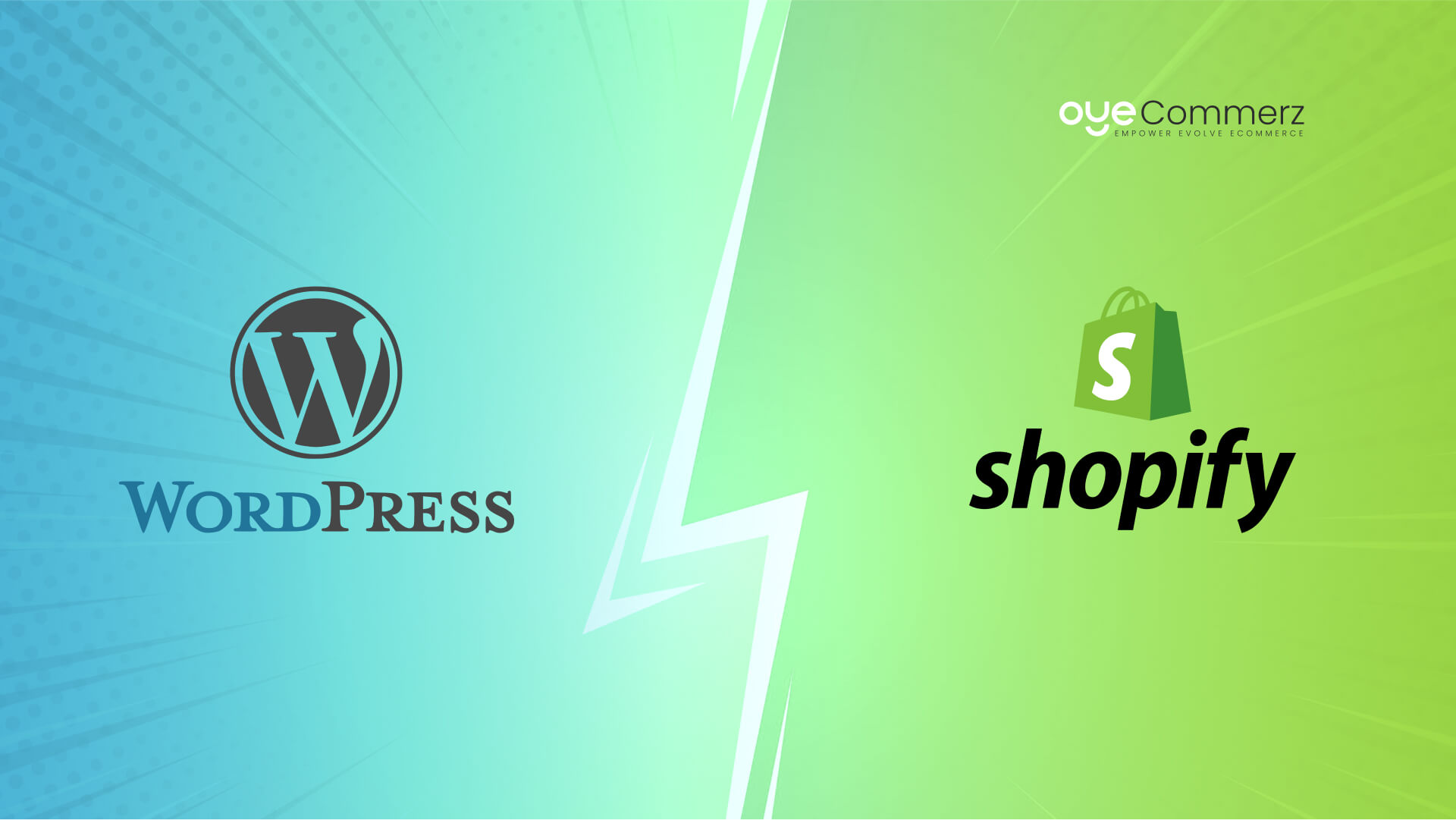Scaling an e-commerce store requires adaptability, growth, and delivering outstanding customer satisfaction.
If you’re planning to migrate from WordPress to Shopify, you’re likely aiming for superior performance, greater functionality, and a more future-proof platform.
Discover the critical steps, expert tips, and proven strategies for migrating to Shopify with minimal disruptions and maximum impact.
Reasons to Transition from WordPress to Shopify
While WordPress offers versatility, its reliance on multiple plugins often creates hurdles for scaling.
Shopify is designed specifically for online retail, offering powerful tools, security, and scalability to fit businesses of any size.
Shopify's reach extends to over 4.5 million stores globally in 2024, confirming its leadership in the e-commerce space.
A move to Shopify enhances areas like payment solutions, order handling, and mobile-friendly design.
Let’s dive into the key steps to migrate seamlessly.
Step 1: Assess Your E-Commerce Needs
Analyze your e-commerce store to pinpoint areas that require improvement or growth.
Identify bottlenecks such as sluggish performance or excessive reliance on third-party tools.
For example, Shopify offers integrated features like Shopify Payments and customizable themes, reducing third-party tool dependency.
Step 2: Create a Migration Plan
Migrating without a structured approach can lead to errors, data loss, or unexpected downtime.
To minimize risks, prioritize critical components such as customer records, product catalogs, and transaction data.
Shopify provides tools and third-party apps to simplify the migration process and safeguard important information.
Step 3: Customize Your Shopify Store
Shopify’s customization options let you design a store that aligns perfectly with your brand.
Select or customize themes from Shopify’s library to improve customer interactions.
Premium themes like “Impulse” and “Prestige” offer advanced features and mobile-friendly designs.
If you’re an enterprise business, Shopify Plus customization takes your branding to the next level.
Partner with Oyecommerz to design Shopify Plus themes tailored for high-performing online stores.
Step 4: Safeguard Your Search Engine Optimization
Retaining your SEO framework during migration prevents search traffic declines.
Shopify offers URL redirection to ensure that your visitors land on the right pages.
Optimize metadata and link to Google Analytics for seamless SEO tracking on Shopify.
Failure to handle SEO settings correctly can cause a temporary loss of web traffic.
Step 5: Boost Your Store with Key Shopify Apps
Unlock advanced features for your store with Shopify’s rich selection of apps.
Enhance customer retention with tools like Klaviyo and Yotpo designed for email and review management.
Oyecommerz offers Shopify API services to integrate advanced tools and streamline processes.
Work with Oyecommerz for custom Shopify app integrations that optimize business workflows.
Step 6: Optimize for Mobile Users
In 2024, mobile devices account for nearly 60% of online transactions, making optimization essential.
Shopify themes are inherently mobile-responsive, providing a consistent shopping experience across all devices.
Shopify supports mobile-friendly payment methods, reducing friction at checkout.
Focus on streamlined navigation and speed to maximize mobile sales potential.
Step 7: Train Your Team
While Shopify’s interface is user-friendly, training your team ensures a smoother transition.
Familiarize your employees with Shopify’s dashboard, product management, and reporting functions.
An informed team will help you leverage Shopify to its full potential, streamlining operations.
Step 8: Verify Store Readiness Pre-Launch
Test your store rigorously to ensure all systems function smoothly before launching.
Ensure that all links work, redirects are in place, and product listings are correct.
Test your payment systems and confirm the checkout process works seamlessly across platforms.
Testing ensures your store is customer-ready, leaving no room for errors on launch day.
Step 9: Launch with a Marketing Push
Turn your platform switch into a marketing event to attract attention and retain customers.
Send personalized emails and post updates on social media to announce your improved store.
Showcase features like faster load times and a secure checkout to build Shopify migration plan trust and excitement.
Conclusion: Unlock New E-Commerce Potential with Shopify
Migrating from WordPress to Shopify is more than a technical change—it’s a transformative step for your business.
From scalability to intuitive tools, Shopify equips your store to thrive in competitive markets.
From E-commerce migration process small businesses to large enterprises, Shopify provides tailored solutions for all e-commerce needs.
Partnering with Oyecommerz ensures a smooth migration with minimal disruption to your operations.
Our Shopify migration services help unlock your store’s full potential while ensuring a hassle-free experience.
Unlock the future of your business with Shopify—partner with us for a flawless migration experience.
